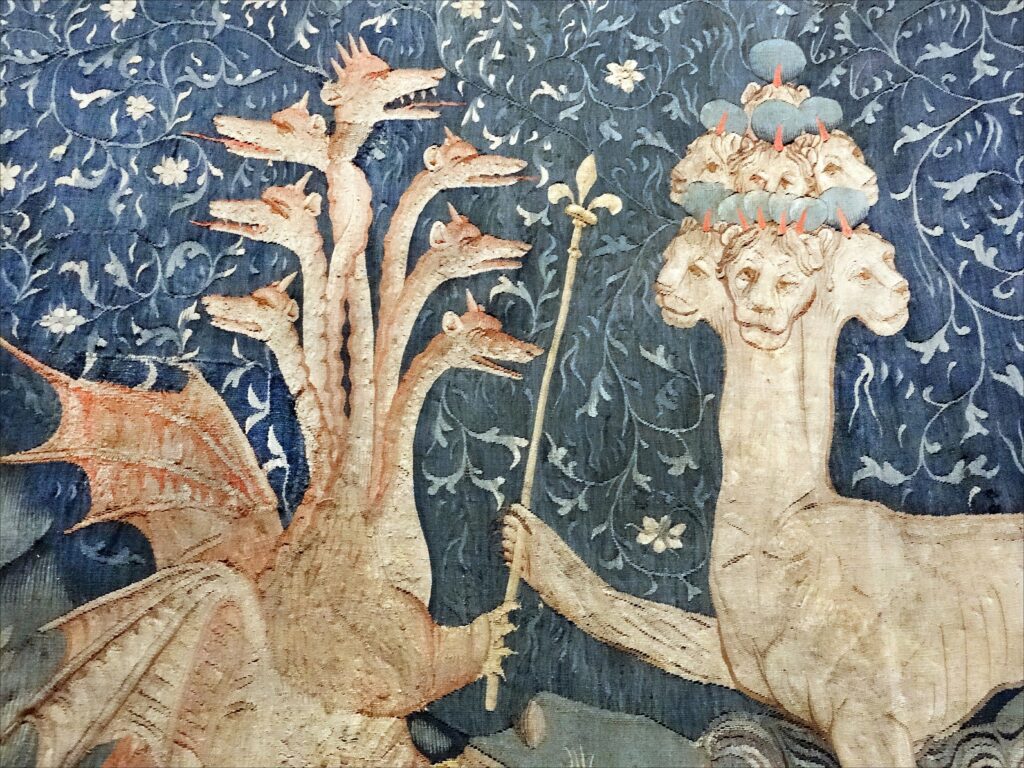
Recently I had some conversations with people from different product teams in my environment (Flanders, Belgium). The red line connecting them, is that all these product teams started out with a good idea, an investment, devs and no designer.
All to find x years later that their product turned out to be an untamable seven-headed monster.
With all good intentions, and in the best cases with some ux and design tutorials or books behind them, these teams started building their product, often business-only driven. Features were added along the way, mostly without asking too many questions and no clear product vision to keep things tight and aligned.
These products grew and grew and the teams hired consultants to explain the product to new partners using their product. Then they added support desks. And at a certain point it dawned that they were always answering the same questions and that basically the product evolved to an unusable, unclear, inaccessible thing.
Designer to the rescue
Mostly at that point for the team and business, it becomes clear they can’t continue like that any longer and they need a designer to the rescue.
But what most of these teams run into, is that they can’t find a designer willing to take up that task.
I’ve worked as a sole designer for years. And it’s hard. It’s not hard because you’re the only one doing all the work (although that too). It’s hard to keep yourself on edge and critical enough about your own work, without decent feedback. It’s hard to preach the language of design, to communicate and evangelise, to ask the questions nobody wants to answer, to have a product vision crystallised and used as a touchstone for all (new) features, to educate all parties involved into a design-driven process where the user comes first. And I haven’t mentioned any research or design tasks yet.
Often you hear “but the product owner is very into UX and can definitely challenge you”. Which I don’t doubt, but nothing compares to having a peer being your second pair of eyes.
To take things into ridicule, you’re not gonna have your marketing manager do the QA when you only have one dev.
If a sole designer has to step into a product development cycle that has been slowly going astray for years, there are so many things to tackle, it should not be a surprise designers are not all to keen to jump in.
Yes, it’s a great challenge, and yes, it’s a great opportunity to mould things “your way”. But design isn’t about “my way”. I do “my way” when I decorate my home. My design is about our users and if our new feature makes sense at all and if they can deliver from a user and business perspective.
Right from the start
To cut a long story short, never disregard design. From every very start you need a designer around. Be it freelance and project based at first. But if your ambition as a product is to grow, take things seriously, be a mature and sustainable product, then hire yourself a designer from the start, let them ask all the difficult annoying questions, be sure to reflect on these and answer them and grow your design team like you grow your other teams.